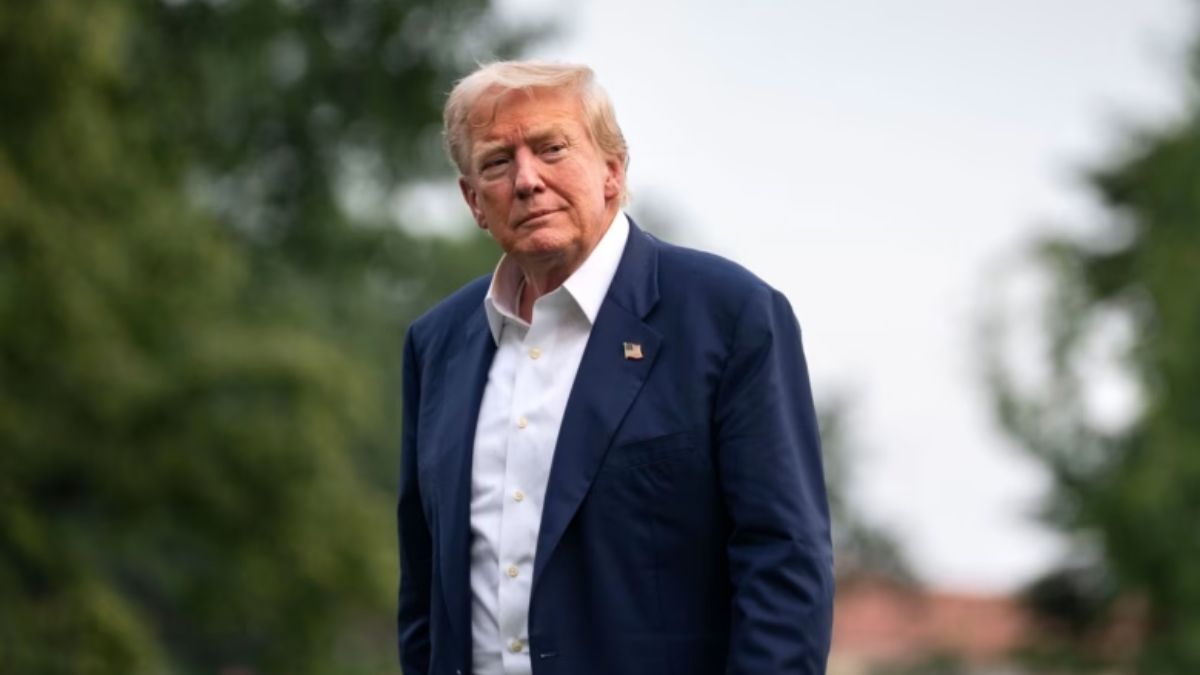China’s massive $42 billion subsidy program, which sparked a surge in sales of appliances, smartphones, and iPhones, is now nearing its limits, raising concerns about the country’s economic momentum as the funding begins to dry up.
Launched in early 2025 to boost domestic consumption amid slowing growth and trade tensions with the United States, the program offered discounts of up to 20% on select consumer goods. The initiative was designed to encourage people to trade in old products for newer, more efficient ones.
Sales Surge Driven by Trade-Ins
The impact was immediate. Retail sales of communication devices and home appliances jumped, with home appliance sales up 53% in May compared to the previous year. Nearly 48 million consumers took advantage of the digital product subsidies in the first four months, generating $20 billion in sales.
Both domestic and international brands benefited. Apple, for example, reported its first sales growth in China in two years, up 8% in Q2 2025, thanks in part to the subsidies covering products like iPhones and iPads.

Funding Running Out in Several Cities
However, by June, some cities such as Guangzhou, Foshan, and Chongqing began suspending or scaling back the subsidies due to exhausted local budgets. While the central government has promised to distribute the remaining funds by the end of the year, the temporary pauses have raised questions about the sustainability of the program.
Economists Warn of Short-Term Gains
Analysts say the subsidies provided a strong but temporary boost to spending. Because many of the purchases—like phones and appliances—are long-term items, the rush of upgrades could lead to weaker sales in the months ahead.
“There’s a payback effect,” noted one economist, explaining that the surge may have simply moved future purchases forward rather than created new demand.
Deeper Issues Remain
Despite the success of the program in lifting short-term spending, China still faces deep structural challenges: weak income growth, falling property values, and a labor market mismatch continue to dampen consumer confidence.
New government austerity rules targeting public officials and state-run enterprises may also reduce spending in other sectors, including dining and luxury goods.

What Comes Next?
With funds running low and pressure building, the Chinese government faces a key decision: extend or replace the subsidy program—or risk a sharp drop in consumer spending.
Some analysts expect new, more targeted stimulus efforts in the future, possibly focusing on services or specific industries. Others argue that China needs long-term reforms, such as stronger social safety nets and measures to support income growth, to build sustainable consumption.
For now, global brands like Apple and domestic retailers are watching closely. As the government pulls back on its spending support, the next phase of China’s consumer recovery—and its global ripple effects—remains uncertain.










